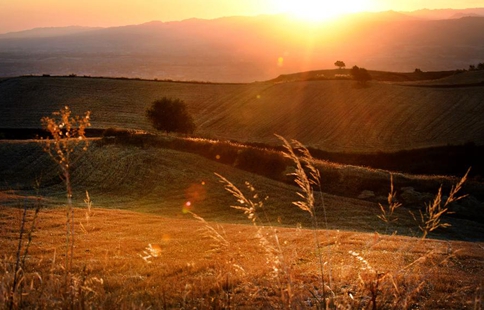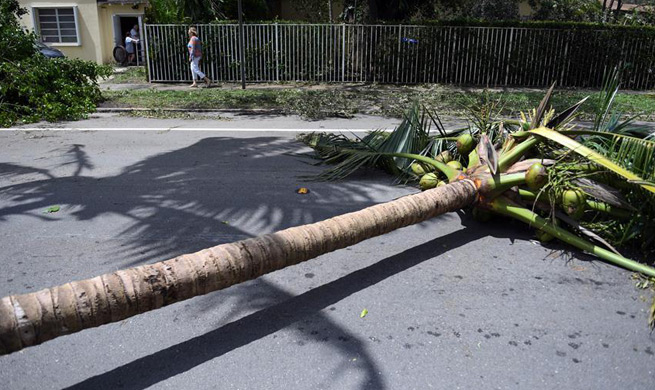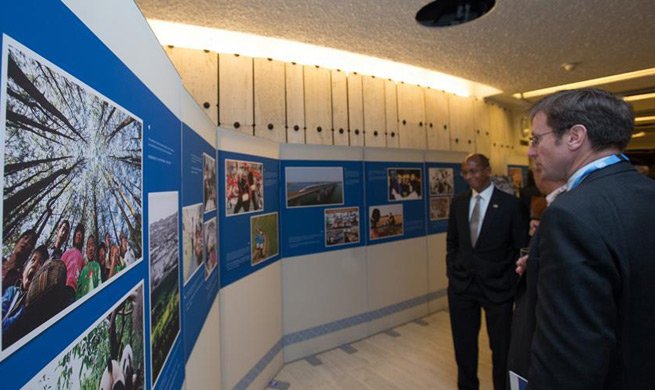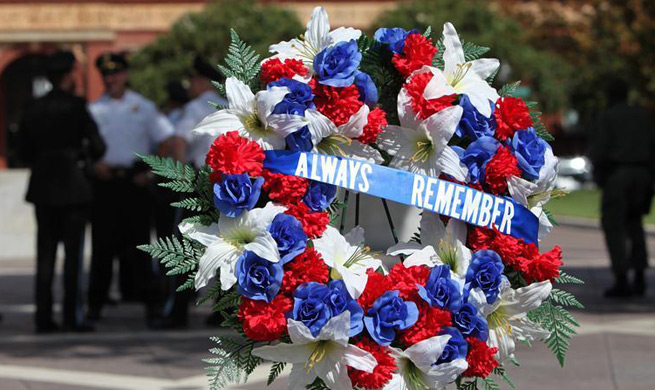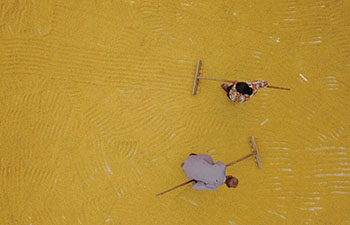by Peter Mertz
DENVER, the United States, Sept. 11 (Xinhua) -- Despite some big early-season blazes, 2017 was looking like a mild wildfire year in America's West -- until two weeks ago when a rash explosion of wildfires across the West.
Although the rash of wildfires has claimed no lives and little property destruction, it has polluted the air for millions of Americans across thousands of miles (kilometers) of the West.
The National Interagency Fire Center reported this week that about 8.15 million acres (3.29 million hectares) have been destroyed in 2017, almost twice as many as were burned last year, and on track to become the most damaging wildfire season in U.S. history.
U.S. states of California and Oregon have taken the worst hit.
Governor of Oregon Kate Brown Friday asked the U.S. Army to help, and is calling 2017 one of the worst wildfire seasons in state history.
On Monday, in the small city of Brookings, Oregon, residents lined the streets and cheered the Army National Guard they rolled through town to fight the nearby Chetco Bar blaze that started in July and that has consumed 182,284 acres (73,767 hectares) so far.
"The locals are always waving at us with smiles on their faces," said Army Spec. Isaiah Wunische, with the 2nd Battalion, 218th Field Artillery Regiment. Wunische said the town's residents have treated them like conquering heroes and "helped keep morale extremely high."
By Monday, the Chetco Bar and High Cascades Complex wildfire blazes had engulfed 250,000 acres (101,171 hectares) and across the state, and Oregon had 26 active fires totaling close to a half-million acres of wilderness, the National Interagency Fire Command Center (Inciweb) reported.
In the state capital of Portland, 549 km north of Brookings, students at Lewis & Clark College were complaining of smoke inhalation.
"We are not used to this kind of bad air-quality," said Gabriel Kelner, 20, an engineering student. "I went out for a run today, and was coughing. The air was so bad," Kelner told Xinhua.
Meteorologists were warning residents throughout the region that the skies wouldn't be clearing soon.
Oregon's massive Chetco Bar blaze was started by lightening, as were several large fires in California that was seeing the brunt of the late season fire activity.
"Warmer temperatures and lower humidity over the next few days, combined with northeast winds, should increase fire activity along ridges and a line canyons," the Six Rivers National Forest Fire command in Northern California said Monday.
California has seen an extraordinarily destructive late 2017-fire season, a total of 34 fires were active across the state and more than 300,000 acres (121,405 hectares) had been consumed, Inciweb reported Monday.
The biggest fire is occurring in the Klamath National Forest, where 538 firefighters were working to contain a blaze that had gobbled up 100,000 acres (40,468 hectares) as of Monday, Inciweb reported.
Residents in Idaho, Montana, Oregon, Washington and California have been reporting terrible air quality as a result of the fires.
A 43,520 acre (17,611 hectare) wildfire east of Mount Rainier National Park caused by lightening was shrouding the city of Seattle in smoke over the past week, and weather experts predicted the air would not clear for sometime.
"It's a very gradual process right now," meteorologist Dustin Guy told the Seattle Times.
Washington's largest fire this week crossed the border into Canada and is burning 104,960 acres (42,475 hectares) of wilderness.
"Today, and the next two to three days will pretty much be a copy of yesterday," Guy said early Monday morning. "The combination of marine air and smoke will keep a lid on temperatures," he said.
Guy noted that Seattle's air quality had improved slightly over the weekend, but could worsen again as the haze from a score of fires in British Columbia may worsen as the week stretches out.
As of Monday, America's fourth largest state, Montana, had a half-million acres burning.
Fire crews were battling the Lolo Peak fire, the West Fork fire, the Highway 200 Complex Fire, and the Reef Fire, each averaging about 100,000 acres (40,468 hectares) in size.







